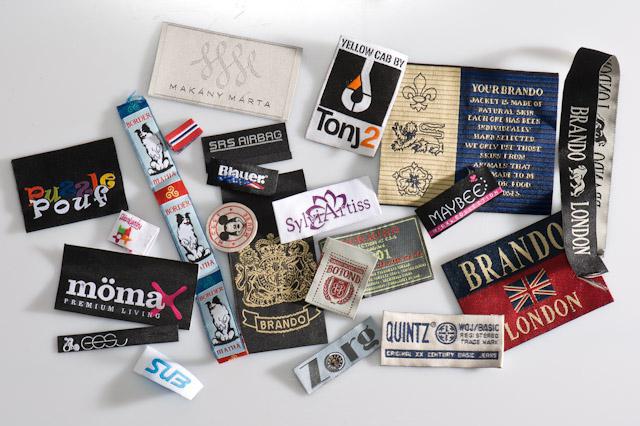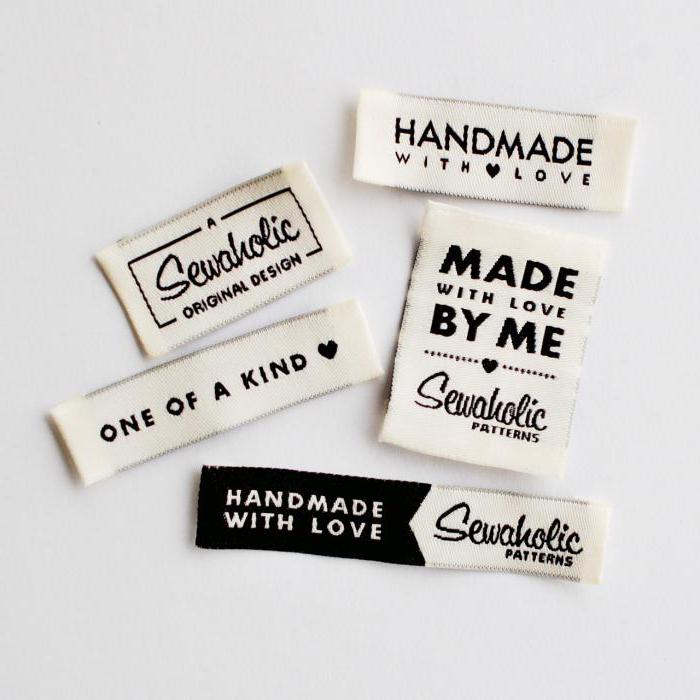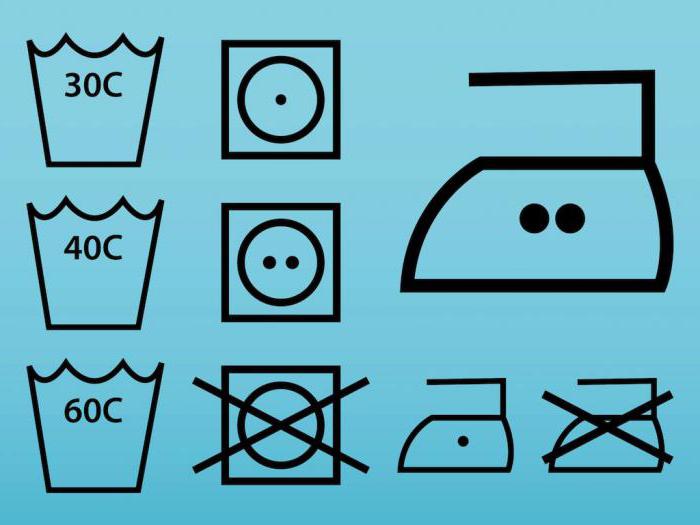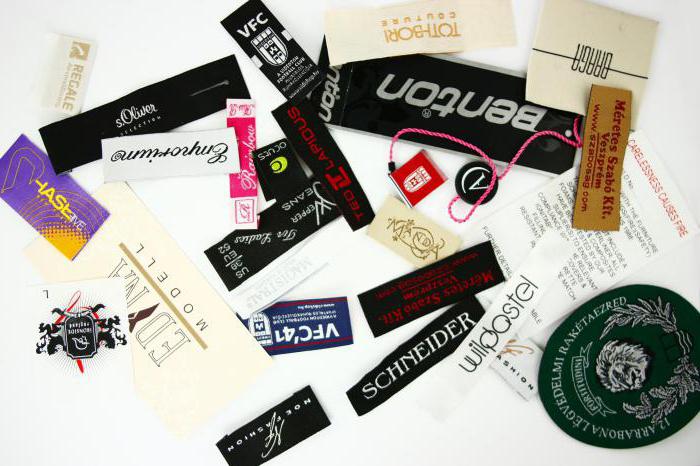Surely you at least once in your life, trying on another product in a store or on the market, were wondering what a label is and how not to confuse the original with another brand? The word "label" in different dictionaries is interpreted in its own way, but comes down to the designation of a trademark or company designation, which is present on the product tag. Such a tag is made, as a rule, in the corporate identity of the manufacturer and is a unique registered designation.
What is a label and how not to confuse the original with another brand
So what is a label? What is it for? Thanks to this, the product cannot be confused with other products, but you should be careful about well-made fakes and be careful. Such a designation as a company’s label can be applied and look different: in the form of a print on paper, a mark on the product itself, a regular label, engraving, etc.

Label in the textile industry
Nowadays, any company officially engaged in the production of clothing should affix label labels with its own brand name and information of good quality to its products. They also contain information about the so-called history of a thing, its origin, composition, production date, rules for use and care, etc.
Typically, the original product contains a company label, which even after repeated washing will also hold firmly and will not lose color and brightness. In fakes, everything can be done much worse: a badly sewn label and “left” information about the origin, material of dubious quality, and indeed, what kind of guarantee can there be for such a product? Think for yourself, why do you pay less for a product that you, perhaps, carry a season or two, if you can buy more, but the original product and carry it with pleasure for more than one year? Avaricious pays twice, but do not forget about good fakes, it is better to buy goods in trusted places.

Labeling on clothes
If we talk about what types of labels are usually used, then they can be divided into: sewn and ordinary hanging labels or tags. The main difference is that the hinged labels are more of an advertising nature and their task is to attract attention to themselves. As for the sewn-in label, the emphasis is on information of proper quality (size, chest circumference, material, etc.).
All companies have their own approach to naming and, all the more, to interpreting what a label is, and most of them try to distinguish their product among others in every possible way. The material from which they are made is usually designer paper, leather, cardboard, etc.
The variety of various shapes and colors, combined with various materials and textures, opens before designers just a huge testing ground for creation. Of course, far from all enterprises can afford to make labels at their enterprise, for various reasons and circumstances. In such cases, it remains to resort to the services and assistance of third-party companies that make labels for clothes.
Such firms usually have in their staff all the necessary specialists: designers, advertisers, marketers, who are happy to listen to all the wishes and develop a working layout for you.

What third parties can offer
The list of services offered may include the development of a label layout for packaging, self-adhesive labels and tags from various materials. Such self-adhesive elements are applied without much difficulty, emphasize the image, and the original design will certainly attract the attention of the client.
Famous manufacturers know perfectly well what a label is, and for them it’s not just some kind of information tag, it’s a real business card. Therefore, it is important to understand that the reputation of a brand directly depends on the material of the label, its service life and the durability of the information applied. Few people will like it if, after the first wash, the letters on the labels float, and after the second they do come off or fall apart.

Labeling Expectations and Costs
Companies that are not indifferent to what the media will say about them will not save on their corporate identity, advertising, they carefully care about their reputation. In other words, the quality and durability of the label depend on the choice of consumables, application technology and equipment, and the guarantee that the manufacturer provides to the customer will only benefit him.
All materials and manufacturing techniques vary in price. Sophisticated technological equipment and an experienced staff of specialists occupy the bulk of the cost of services. So if you seriously approach the marking process from the very beginning from the idea to its implementation, you will have to shell out a fairly large amount of money, not to mention time.

To summarize labels
Labels for clothes and other products are used to recognize similar products among themselves, help distinguish the original from a fake and are both advertising (hanging labels or tags) and informational (sewn-in label).
Each company has its own style. A tag, label or “label” - all this refers to the elements of corporate identity and is developed individually for each group of products.
The label material can be anything, like plain paper, thick cardboard, self-adhesive, as well as embossing on the material itself, from which the goods are made, and much more.
The process of creating a label from scratch is quite laborious and costly, and therefore without some preparation it is unlikely to be created by ourselves. There are specialized companies that will help in this difficult matter.
The cost will depend on many factors, such as materials, application technology, the complexity of the equipment used and the work of specialists. You should not save on quality if you are not indifferent to the reputation of your company.